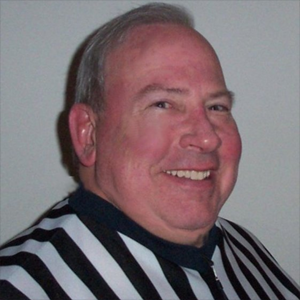I spent the five happiest years of my life in a morgue. As a forensic scientist in the Cleveland coroner’s office I analyzed gunshot residue on hands and clothing, hairs, fibers, paint, glass, DNA, blood and many other forms of trace evidence, as well as crime scenes. Now I'm a certified latent print examiner and CSI for a police department in Florida. I also write a series of forensic suspense novels, turning the day job into fiction. My books have been translated into six languages.
I think that depends entirely on where you live or want to work. If you intend to apply for lab or crime scene work in a large city, then no. If you're going to work crime scene in a remote area with a lot of outdoor scenes and animal activity, then maybe yes. Regardless, an internship at your local forensic facility would be better. If that's not possible, at least call them and ask for their advice.
Yes. I don’t know if it’s actually from the poop or from the skin cells sloughed off on it, but you can.
You would need another forensic pathologist to review the work of the first forensic pathologist.
Best of luck.
Large paper bag. Casting agents usually warm up so that might create moisture inside a plastic container or bag. A cardboard box might be good as well to give it enough support to keep it from cracking.
CPR Trainer
 Just how effective is the Heimlich, really?
Just how effective is the Heimlich, really?
Basketball Referee
 Do you think the nets should be lower for girls?
Do you think the nets should be lower for girls?
Private Detective
Go to college and major in forensic science or one of the natural sciences. Best of luck!
Fingerprints develop randomly as a child is moving around in the womb before birth, so they are not dictated by genes. That said, there can sometimes be vague similarities among family members (like having radial loops, all arches, or whatever). There are three patterns, loops, whorls and arches, and you can easily have some of your fingers have loops and then a few have whorls, or they can be all one type, or any combination.
Sorry, but I’m not trained in digital forensics. I have absolutely no idea.
-OR-
 Login with Facebook
Login with Facebook (max 20 characters - letters, numbers, and underscores only. Note that your username is private, and you have the option to choose an alias when asking questions or hosting a Q&A.)
(A valid e-mail address is required. Your e-mail will not be shared with anyone.)
(min 5 characters)
By checking this box, you acknowledge that you have read and agree to Jobstr.com’s Terms and Privacy Policy.
-OR-
 Register with Facebook
Register with Facebook(Don't worry: you'll be able to choose an alias when asking questions or hosting a Q&A.)